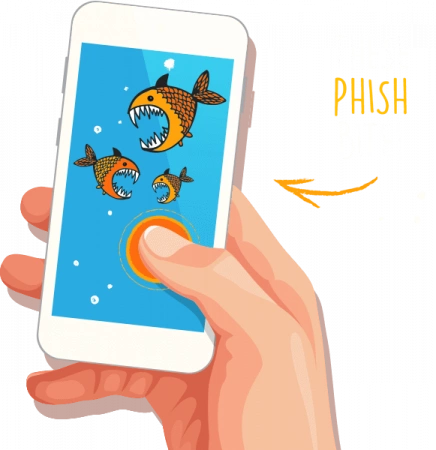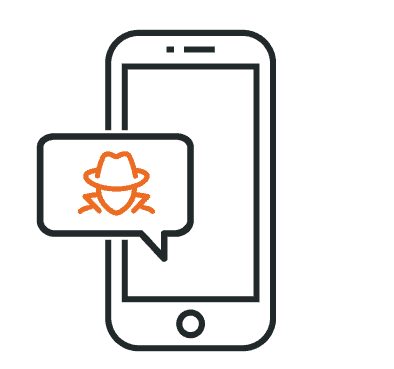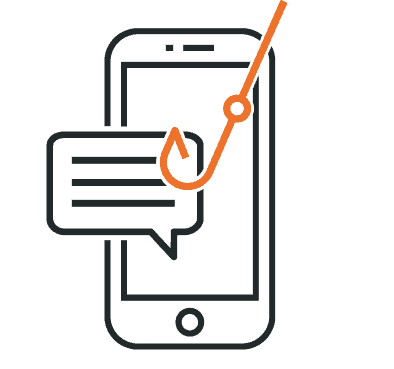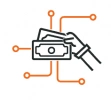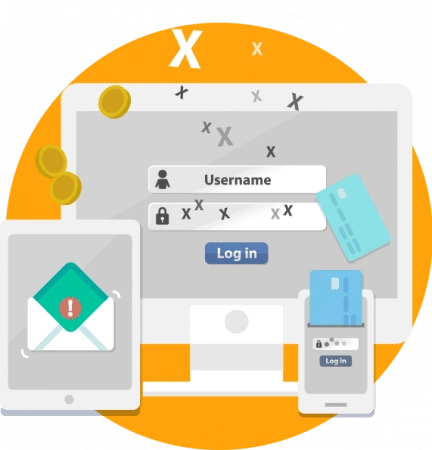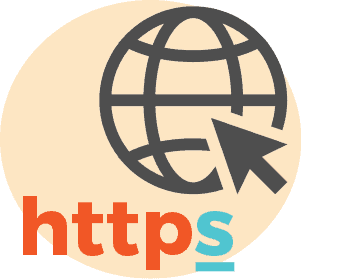Produkter
Udforsk vores skræddersyede Security Awareness Training og Human Risk Management-løsninger - Udstyr dit team med de vigtigste færdigheder til at forsvare sig mod moderne cybertrusler. Vores platform tilbyder alt fra phishing-simuleringer til omfattende politikstyring, der giver din arbejdsstyrke mulighed for at forbedre sikkerheden og sikre overholdelse på en effektiv måde.
Planlæg din årlige oplysningskampagne med et par klik
Stop phishing-angreb i deres spor med prisvindende phishing-software
Cyber Security eLearning for at udforske vores prisvindende eLearning-bibliotek, der er skræddersyet til alle afdelinger
Forenkle politik-, privatlivs- og hændelsesstyring for total compliance
Industrier
Udforsk alsidigheden af vores løsninger på tværs af forskellige brancher. Fra den dynamiske teknologisektor til sundhedssektoren kan du dykke ned i, hvordan vores løsninger skaber bølger på tværs af flere sektorer.
Skab en første forsvarslinje for finansielle serviceorganisationer
En løsning til træning af sikkerhedsbevidsthed i store virksomheder
Engagerende træning i sikkerhedsbevidsthed for uddannelsessektoren
Forandring af sikkerhedsbevidsthedstræning i teknologibranchen
En go-to-løsning til sikkerhedsbevidsthed for regeringer
Indlejr en kultur af sikkerhedsbevidsthed - også derhjemme
Se vores skræddersyede sikkerhedsoplysning til sundhedspersonale
Støt dine Nis2-krav med initiativer til bevidstgørelse om cybersikkerhed
Ressourcer
Fra plakater og politikker til ultimative vejledninger og casestudier - vores gratis awareness-aktiver kan bruges til at forbedre bevidstheden om cybersikkerhed i din organisation.
Oversigt over ressourcerEn uundværlig ressource til at skabe en kultur af cyberbevidsthed
Uddan medarbejderne i, hvordan man opdager og forebygger phishing-angreb
Skab en sikkerhedsbevidst kultur og skab bevidsthed om cybersikkerhedstrusler
En ordliste med uundværlige termer inden for cybersikkerhed
Download vores gratis Awareness Assets for at forbedre bevidstheden om cybersikkerhed i din organisation
Den ultimative guide til implementering af effektiv e-learning om cybersikkerhed
Download disse gratis plakater for at øge medarbejdernes årvågenhed
Hør, hvordan vi hjælper vores kunder med at skabe positiv adfærd i deres organisationer
Auditér din awareness-træning og benchmark din organisation i forhold til best practice
Om
Med over 18 års erfaring på markedet for cybersikkerhed og compliance leverer MetaCompliance en innovativ løsning til automatisering af medarbejdernes informationssikkerhedsbevidsthed og hændelseshåndtering. MetaCompliance-platformen blev skabt for at imødekomme kundernes behov for en enkelt, omfattende løsning til at håndtere de menneskelige risici omkring cybersikkerhed, databeskyttelse og compliance.
Lær, hvorfor Metacompliance er den betroede partner til træning i sikkerhedsbevidsthed
Slut dig til os og gør cybersikkerhed personlig
Mød MetaCompliance-ledelsesteamet
Vi gør det lettere at engagere medarbejderne og skabe en kultur med cyberbevidsthed

